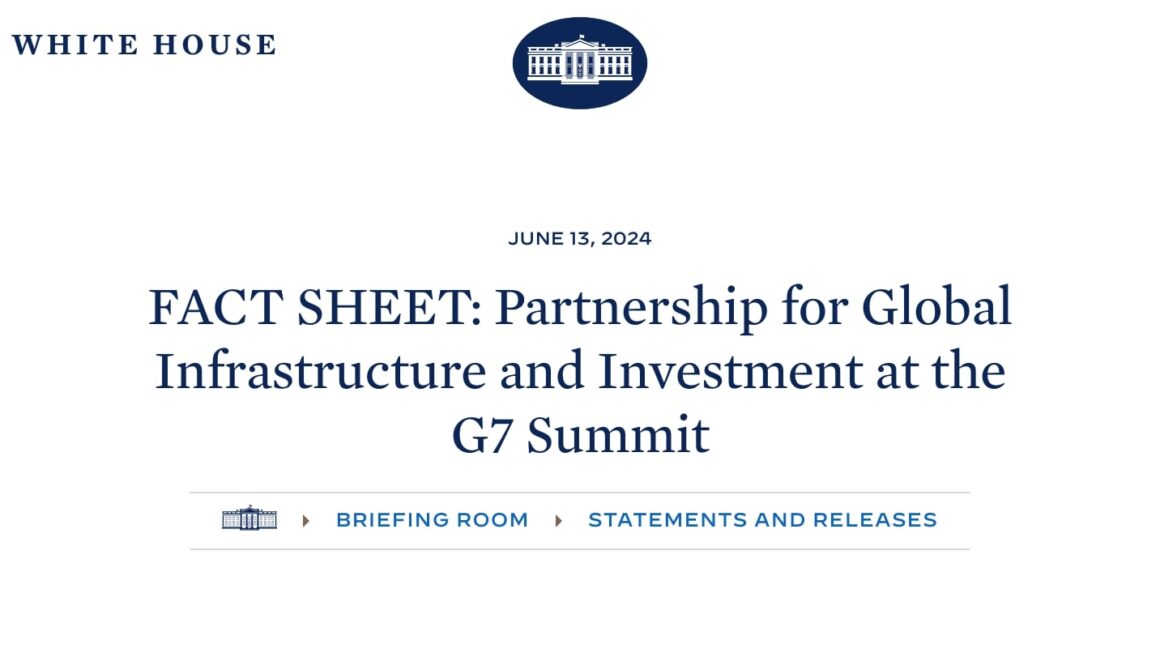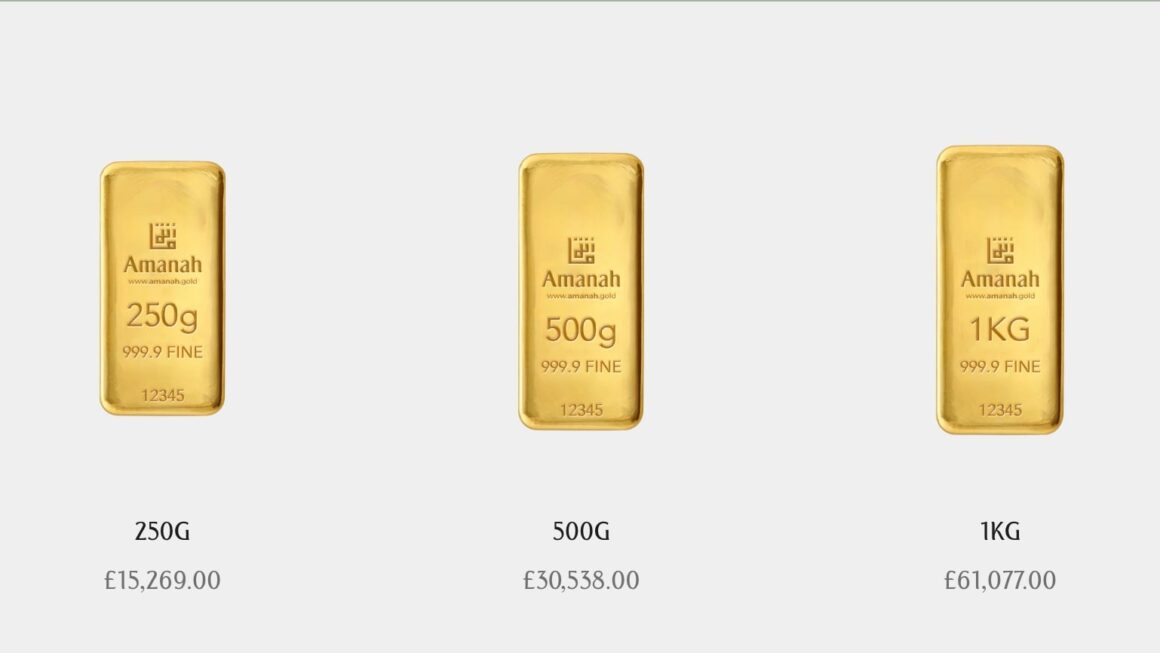| Outline of the Article |
|---|
| I. Introduction |
| II. Understanding the US Debt Ceiling Crisis |
| – A. Definition and Purpose of the Debt Ceiling |
| – B. Previous Instances of Debt Ceiling Crisis |
| III. Potential Impacts on Financial Markets |
| – A. Volatility and Uncertainty |
| – B. Investor Sentiment and Safe-Haven Assets |
| IV. Gold as a Safe-Haven Investment |
| – A. Historical Significance of Gold |
| – B. Gold as a Hedge Against Market Turmoil |
| V. Anticipated Benefits for Gold Investors |
| – A. Increased Demand and Price Potential |
| – B. Diversification and Portfolio Protection |
| VI. Steps to Prepare for Potential Chaos |
| – A. Stay Informed and Monitor Developments |
| – B. Evaluate Risk Exposure and Adjust Investments |
| VII. Conclusion |
| VIII. FAQs |
Mounting fears over the US debt-ceiling crisis will benefit gold investors: brace for potential chaos in financial markets
The United States is currently facing a growing concern over the impending debt-ceiling crisis. As the nation’s debt reaches unprecedented levels, investors are becoming increasingly anxious about the potential consequences for the financial markets. In times of economic uncertainty, gold has historically served as a safe-haven investment, attracting investors seeking to protect their wealth. This article explores the mounting fears surrounding the US debt-ceiling crisis and why gold investors may benefit from the anticipated chaos in financial markets.
I. Introduction
The US debt-ceiling crisis refers to a situation where the government reaches its statutory limit on borrowing, thus preventing it from issuing new debt to fund its obligations. This creates a potential risk of default on existing financial commitments, including government bonds, Social Security payments, and other essential expenditures. Such a scenario raises concerns about the stability of the financial system and can have far-reaching implications for global markets.
II. Understanding the US Debt Ceiling Crisis
A. Definition and Purpose of the Debt Ceiling
The debt ceiling is a legislative limit imposed by Congress on the total amount of debt that the US government can accumulate. It serves as a mechanism to control government spending and ensure that the nation’s debt remains within manageable levels. When the debt approaches the predetermined ceiling, the government must take measures to either raise or suspend the limit through congressional approval.
B. Previous Instances of Debt Ceiling Crisis
The US has experienced several debt-ceiling crises in the past, causing significant turmoil in financial markets. Instances such as the debt-ceiling standoff in 2011 and the government shutdown in 2013 highlighted the potential consequences of political gridlock and the inability to reach a consensus on raising the debt ceiling. These events resulted in market volatility, credit rating downgrades, and increased uncertainty among investors.
III. Potential Impacts on Financial Markets
A. Volatility and Uncertainty
The debt-ceiling crisis creates a climate of uncertainty that can lead to heightened market volatility. The inability to address the government’s debt obligations in a timely manner raises concerns about the stability of the US economy and the overall financial system. Uncertainty surrounding interest rates, inflation, and the creditworthiness of the government can trigger significant fluctuations in stock markets, bond yields, and currency exchange rates.
B. Investor Sentiment and Safe-Haven Assets
During times of financial uncertainty, investors often seek refuge in safe-haven assets. Gold, with its long-standing reputation as a store of value, tends to benefit from heightened investor demand. As concerns over the debt-ceiling crisis escalate, investors may flock to gold and other precious metals as a way to protect their wealth from potential market turmoil.
IV. Gold as a Safe-Haven Investment
A. Historical Significance of Gold
Gold has held significant value throughout human history. Its scarcity, durability, and inherent beauty have made it a desirable asset for thousands of years. Unlike fiat currencies, which can be subject to inflation and devaluation, gold has maintained its purchasing power over time, making it a reliable store of wealth.
B. Gold as a Hedge Against Market Turmoil
During periods of financial uncertainty, gold has proven to be a reliable hedge against market turmoil. When traditional investments such as stocks and bonds experience volatility or decline, gold often retains its value or even experiences price appreciation. This characteristic makes gold an attractive option for investors looking to diversify their portfolios and safeguard against potential market disruptions.
V. Anticipated Benefits for Gold Investors
A. Increased Demand and Price Potential
As fears over the US debt-ceiling crisis intensify, the demand for safe-haven assets like gold is likely to surge. The influx of investors seeking refuge in gold can drive up its price, potentially resulting in substantial gains for gold investors. The limited supply of gold, coupled with heightened demand, creates a favorable market environment for investors positioned in this precious metal.
B. Diversification and Portfolio Protection
Including gold in an investment portfolio can provide diversification benefits and act as a shield during turbulent times. Gold’s low correlation with other assets, such as stocks and bonds, allows it to potentially offset losses incurred in traditional investments. By diversifying their holdings with gold, investors can mitigate risk and protect their portfolios from the potential chaos in financial markets.
VI. Steps to Prepare for Potential Chaos
A. Stay Informed and Monitor Developments
To navigate the potential chaos caused by the US debt-ceiling crisis, it is crucial for investors to stay informed and monitor the latest developments. Keeping a close eye on news updates, economic indicators, and government actions can provide valuable insights into the direction of the markets. By staying informed, investors can make more informed decisions regarding their investment strategies.
B. Evaluate Risk Exposure and Adjust Investments
In times of heightened uncertainty, it is prudent for investors to reassess their risk exposure and make necessary adjustments to their investment portfolios. Conducting a comprehensive risk analysis, reviewing asset allocations, and considering the inclusion of safe-haven assets like gold can help protect against potential downside risks. Seeking guidance from financial professionals or advisors can provide additional support in making sound investment decisions.
VII. Conclusion
Mounting fears over the US debt-ceiling crisis have generated significant concerns among investors. As the nation approaches its borrowing limit, the potential for chaos in financial markets looms large. However, amid this uncertainty, gold investors have reasons to be optimistic. Gold, with its historical significance and status as a safe-haven asset, is well-positioned to benefit from the turmoil in financial markets. Its potential for price appreciation, portfolio protection, and diversification makes it an attractive investment option in these challenging times.
VIII. FAQs
-
Is gold the only safe-haven asset during a debt-ceiling crisis? No, while gold is a popular safe-haven asset, other options include silver, treasury bonds, and certain currencies like the Swiss franc and Japanese yen.
-
How can I invest in gold? There are several ways to invest in gold, including buying physical gold, investing in gold exchange-traded funds (ETFs), or purchasing shares of gold mining companies.
-
What other factors can impact gold prices during a debt-ceiling crisis? In addition to the debt-ceiling crisis, factors such as geopolitical-tensions, economic indicators, and central bank policies can also influence gold prices during a debt-ceiling crisis.
-
Is it too late to invest in gold now? The timing of gold investments depends on various factors, including individual financial goals and market conditions. While prices may have already experienced some appreciation, gold’s long-term potential as a safe-haven asset remains compelling.
-
Are there any risks associated with investing in gold? Like any investment, gold carries certain risks. Fluctuations in gold prices, changes in market dynamics, and geopolitical developments can affect its value. It’s essential to carefully assess your risk tolerance and diversify your portfolio accordingly.
In conclusion, the mounting fears over the US debt-ceiling crisis have created a sense of urgency for investors to consider the potential chaos in financial markets. Amidst this uncertainty, gold stands as a favoured safe-haven asset, offering protection and potential gains. Its historical significance, ability to hedge against market turmoil, and anticipated benefits make it an attractive investment option. By staying informed, evaluating risk exposure, and considering the inclusion of gold in their portfolios, investors can navigate the potential challenges and position themselves to benefit from the turmoil in financial markets.














